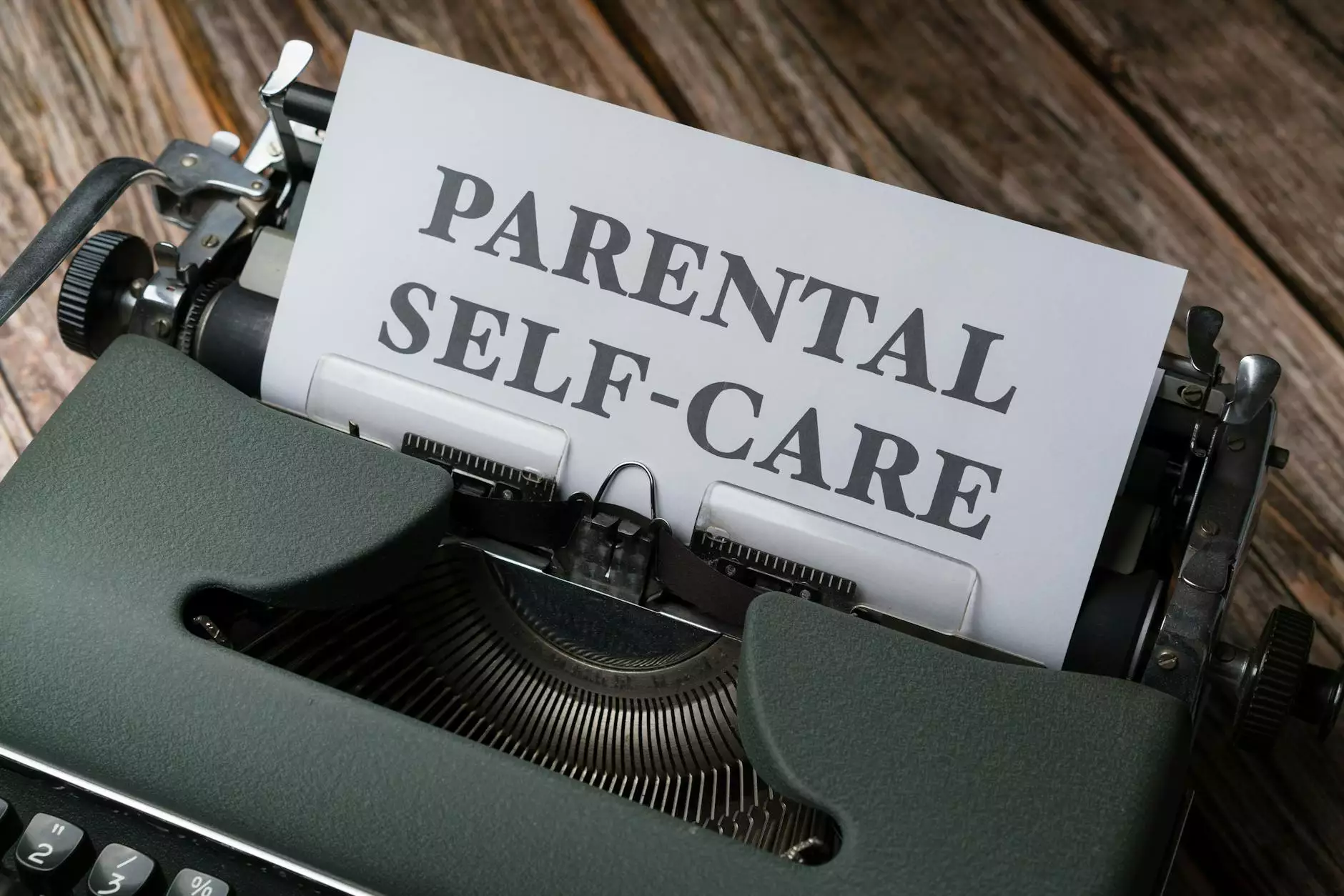Using Time Outs To Help With Emotional Regulation
Parenting
Welcome to the page dedicated to exploring the use of time outs as an effective strategy for behavior management and emotional regulation, brought to you by Holly Katz Performance Coaching.
Why Effective Behavior Management is Essential for Emotional Well-being
When it comes to achieving emotional well-being, effective behavior management plays a crucial role. By incorporating time outs as a powerful tool in behavior modification, individuals can gain better control over their emotions and reactions.
The Science Behind Time Outs
Time outs have long been recognized as an efficient way to manage behavior, especially in children. Research has shown that the strategic use of time outs can help individuals develop emotional regulation skills and improve self-control.
Benefits of Time Outs for Emotional Regulation
1. Enhanced Self-Awareness: Time outs provide individuals with an opportunity to reflect on their emotions and identify triggers that may lead to undesirable behavior. This self-awareness is fundamental to emotional regulation.
2. Improved Self-Control: By taking a break from the situation and creating a physical separation, time outs allow individuals to regain control over their impulses. This pause helps in preventing impulsive reactions and promotes more thoughtful responses.
3. Reduced Stress Levels: Time outs provide a designated space for individuals to calm down and relax. This creates an opportunity for stress levels to decrease, leading to improved emotional well-being.
4. Teaches Co-Regulation: Time outs can be used as a teaching moment for individuals to learn how to manage their emotions independently. It also encourages the development of co-regulation skills, where individuals can seek support from others when needed.
Implementing Effective Time Outs
Now that we understand the benefits of time outs for emotional regulation, it's important to discuss some key strategies for implementing effective time outs:
1. Create a Safe Space
Designate a specific area where individuals can take time outs. This space should be calm, quiet, and free from distractions. It can be a corner of a room, a cozy nook, or any other place that promotes a sense of security.
2. Establish Clear Rules
Set clear guidelines for when a time out should be initiated. Communicate these expectations to all individuals involved. Consistency is key in ensuring the effectiveness of time outs as a behavior management strategy.
3. Use Time Outs as a Teaching Moment
During a time out, encourage individuals to reflect on their behavior and emotions. Guide them through self-reflection exercises that help them identify triggers and alternative coping strategies. This will empower them with valuable skills for future situations.
4. Gradually Increase Time Out Duration
Start with shorter time outs and gradually increase the duration as individuals become more comfortable with the process. This allows them to build resilience and develop patience.
5. Reinforce Positive Behavior
Recognize and praise individuals when they successfully manage their emotions and behavior. Positive reinforcement goes a long way in motivating individuals to continue their efforts towards emotional regulation.
Expert Guidance from Holly Katz Performance Coaching
At Holly Katz Performance Coaching, we specialize in providing expert guidance and strategies for behavior management and emotional regulation. Our team of professionals is dedicated to helping individuals develop the skills they need to succeed and thrive.
With our proven coaching techniques and personalized approach, we can assist you in implementing time outs effectively and achieving long-lasting emotional well-being.
Contact Us Today
Ready to take control of your emotions and improve your behavioral responses? Reach out to us at Holly Katz Performance Coaching and let us guide you towards a path of emotional regulation and overall success.




